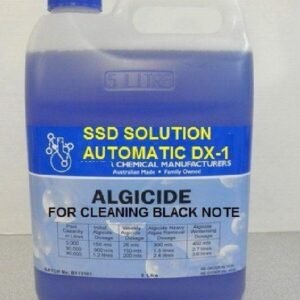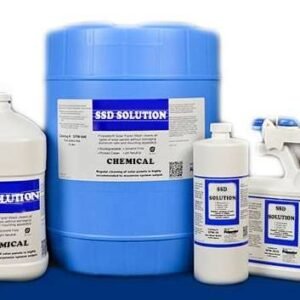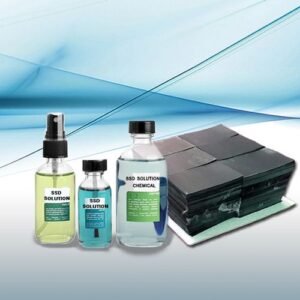Understanding Banknote SSD Chemical Solutions: A Comprehensive Overview
Introduction to Banknote SSD Chemical Solutions
Banknote SSD chemical solution is a specialized preparation used in the restoration of damaged currency notes. This technology is particularly significant in the cleaning of what are referred to as ‘stained’ or ‘dark’ banknotes, which often lose their value due to physical damage. In this blog post, we delve into the chemical components and application processes of this solution.
Components of SSD Chemical Solutions
The banknote SSD chemical solution consists of various chemicals that work synergistically to restore the original appearance of banknotes. The main components typically include diethyl ether, isopropyl alcohol, and other solvents that facilitate the cleaning process. The solution effectively removes dirt, oil, and other contaminants without causing further damage to the banknotes.
Application Methodology
Using banknote SSD chemical solutions requires precision and adherence to safety protocols. Users are advised to wear gloves and masks to prevent exposure to harmful vapors. The process generally involves gently soaking the banknotes in the solution, followed by careful drying to ensure that the currency retains its integrity. This method not only rejuvenates old banknotes but also enhances their economic usability.
Applications and Usage of Banknote SSD Solutions
Banknote SSD chemical solutions play a critical role in the modern banking industry, primarily focusing on enhancing security measures against counterfeiting. The adoption of these solutions reflects a significant advancement in the protection of financial assets. Numerous financial institutions have integrated SSD technologies into their anti-counterfeiting protocols, acknowledging the importance of rigorous security in maintaining trust and integrity within the currency supply chain.
One prominent application of banknote SSD solutions is their incorporation into currency processing systems. Banks utilize these solutions to quickly identify and authenticate genuine notes during handling and storage. For instance, the Bank of England has employed SSD technology to test the authenticity of banknotes efficiently, thereby minimizing the risk of counterfeit notes entering circulation. This level of scrutiny not only protects the financial institution but also enhances overall public confidence in the national currency.
Another valuable application involves the secure transportation and storage of banknotes. Financial institutions have reported substantial reductions in counterfeit incidents following the implementation of SSD solutions within their vault systems. By employing chemical agents that react specifically to the unique properties of genuine currency, these systems can provide an additional layer of verification for notes housed in secure locations. For example, a pilot project conducted by a major bank demonstrated that integrating SSD solutions into their vault operations significantly improved the detection of counterfeit bills, resulting in increased operational efficiency.
Furthermore, specific case studies illustrate how banks benefit from these SSD technologies. A leading commercial bank introduced a handheld SSD detection device for use at teller stations, allowing staff to quickly verify currency. This practice not only reduced errors in transactions but also enhanced staff awareness of counterfeiting techniques. Overall, banknote SSD solutions are proving to be indispensable tools in maintaining the financial integrity and security of currency handling and transportation processes within the banking sector.





Reviews
There are no reviews yet.